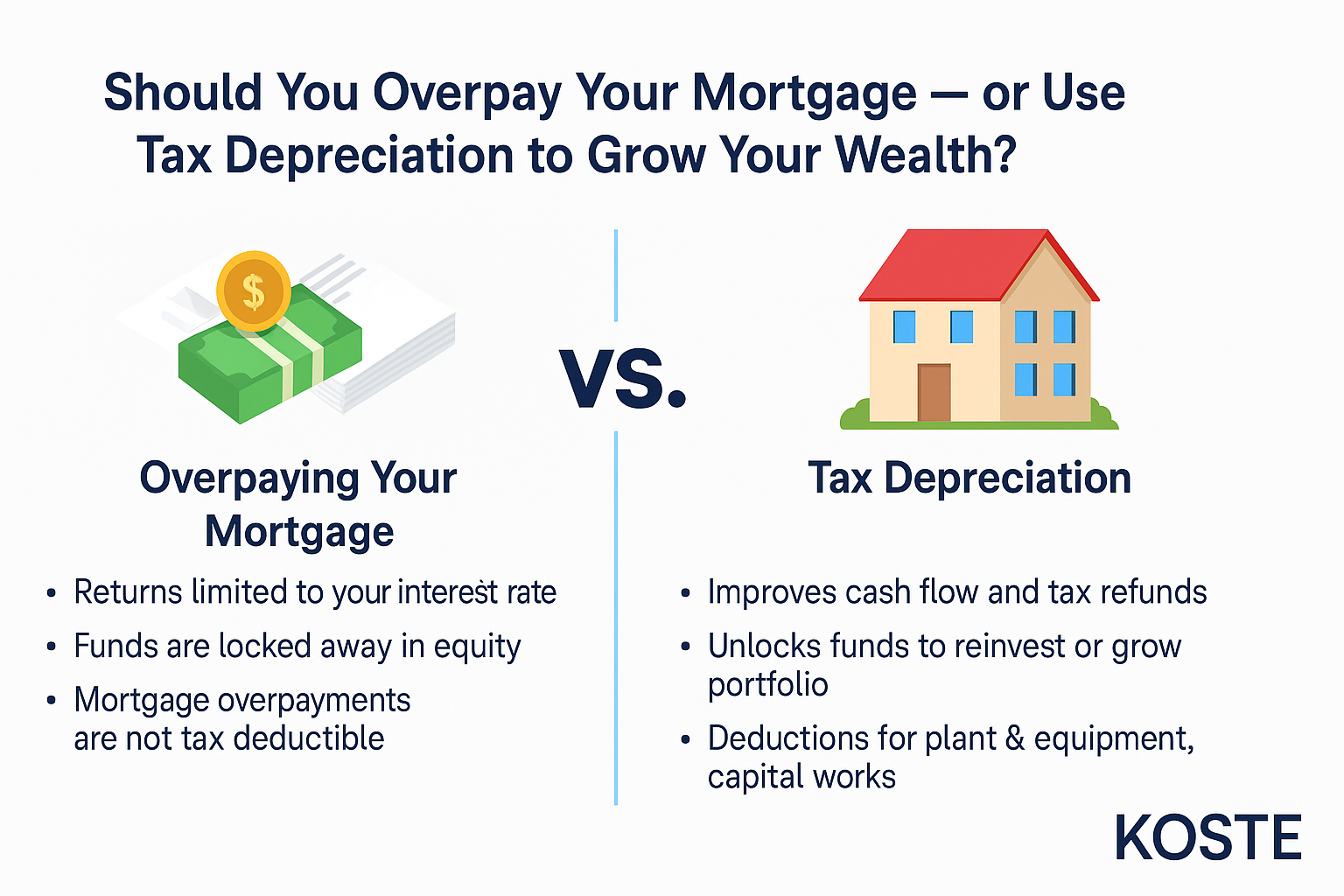
Common Mistakes to Avoid When Claiming Tax Depreciation for Residential Properties
Tax depreciation is a valuable tool that property owners can use to reduce their taxable income and increase cash flow. However, claiming tax depreciation can be complex, and there are several common mistakes that property owners make that can result in missed deductions and compliance issues. Here are some common mistakes to avoid when claiming tax depreciation for residential properties.
Mistake #1: Not Engaging a Qualified Quantity Surveyor
One of the most significant mistakes property owners make when claiming tax depreciation is failing to engage a qualified quantity surveyor. A quantity surveyor is an expert in construction costs and can accurately assess the value and useful life of each asset on the property, including both plant and equipment and building components. Engaging a qualified quantity surveyor ensures that depreciation deductions are calculated correctly and in compliance with tax laws and regulations.
Mistake #2: Not Claiming Depreciation on All Eligible Assets
Another common mistake property owners make is not claiming depreciation on all eligible assets. For example, some property owners may overlook assets like curtains, blinds, and light fixtures, which are considered removable assets and can be claimed as plant and equipment depreciation. Failing to claim depreciation on all eligible assets can result in missed deductions and a higher tax bill.
Mistake #3: Failing to Update Depreciation Schedules
Depreciation schedules should be updated regularly to reflect any changes in the property or assets. For example, if a property owner replaces an old HVAC system with a new one, the cost and useful life of the new system must be added to the depreciation schedule to ensure accurate deductions. Failing to update depreciation schedules can result in missed deductions and compliance issues.
Mistake #4: Claiming Depreciation on Non-Depreciable Assets
Not all assets in a residential property are depreciable. Land, for example, is not considered a depreciable asset and cannot be claimed as a deduction. Failing to distinguish between depreciable and non-depreciable assets can result in incorrect calculations and compliance issues.
Mistake #5: Not Accounting for Capital Works
As mentioned in a previous blog, capital works refer to any construction or renovation work that improves the value or function of a property. Capital works must be depreciated over their useful lives and can provide significant tax benefits to property owners. Not accounting for capital work can result in missed deductions and a higher tax bill.
Conclusion
Claiming tax depreciation for residential properties can be complex, but avoiding these common mistakes can help property owners maximise tax benefits and increase cash flow. Engaging a qualified quantity surveyor, claiming depreciation on all eligible assets, updating depreciation schedules, distinguishing between depreciable and non-depreciable assets, and accounting for capital works are all essential steps in ensuring accurate depreciation calculations and compliance with tax laws and regulations. Working with a qualified tax professional and staying up-to-date on changes in tax laws and regulations are also critical for maximising tax benefits and minimising risk.
Maximise property tax depreciation
Get a Free Quote today
Koste are the leading providers of commercial Tax Depreciation reports. Whether you are a tenant completing a fit-out or landlord recently purchasing a property we can help.

